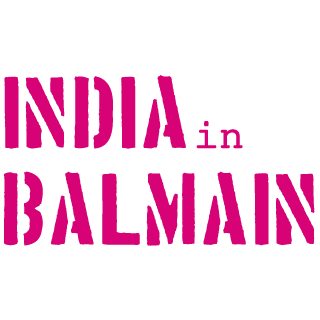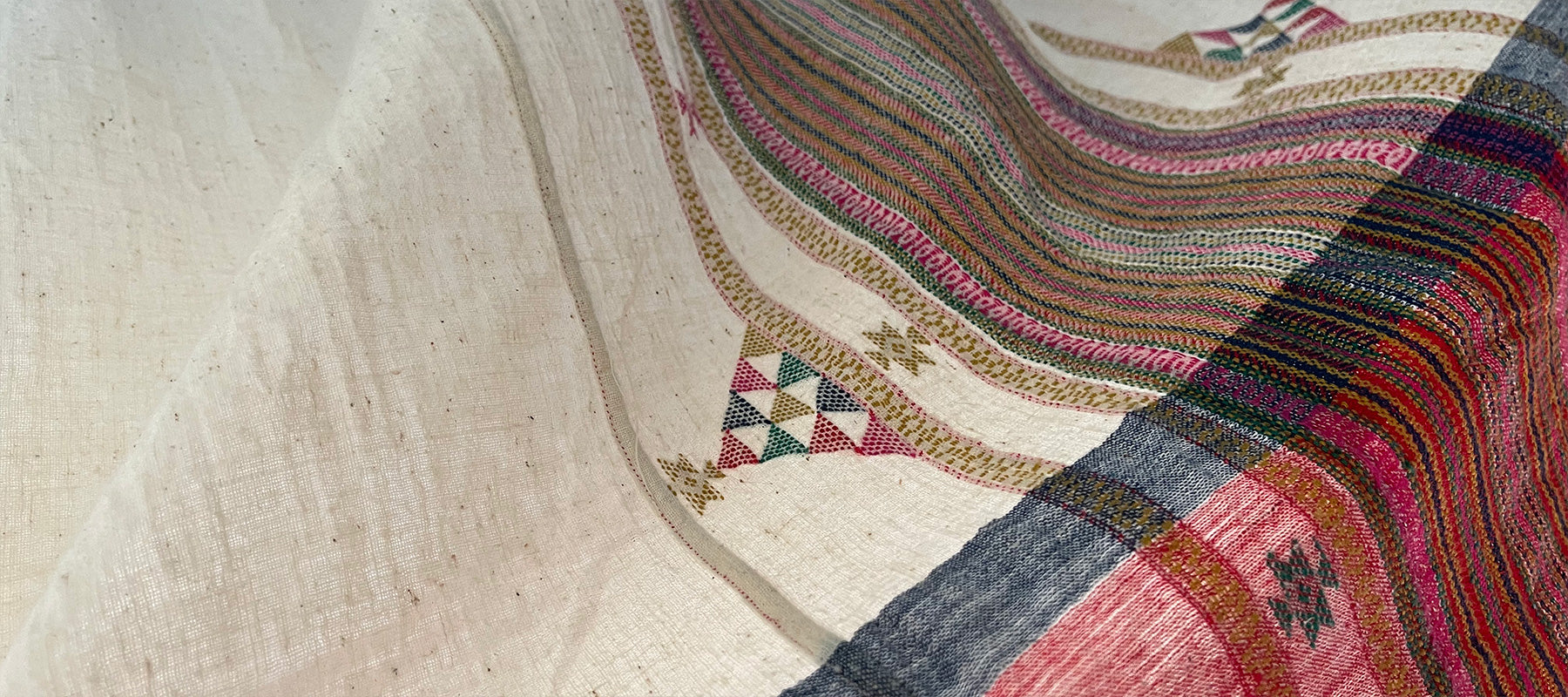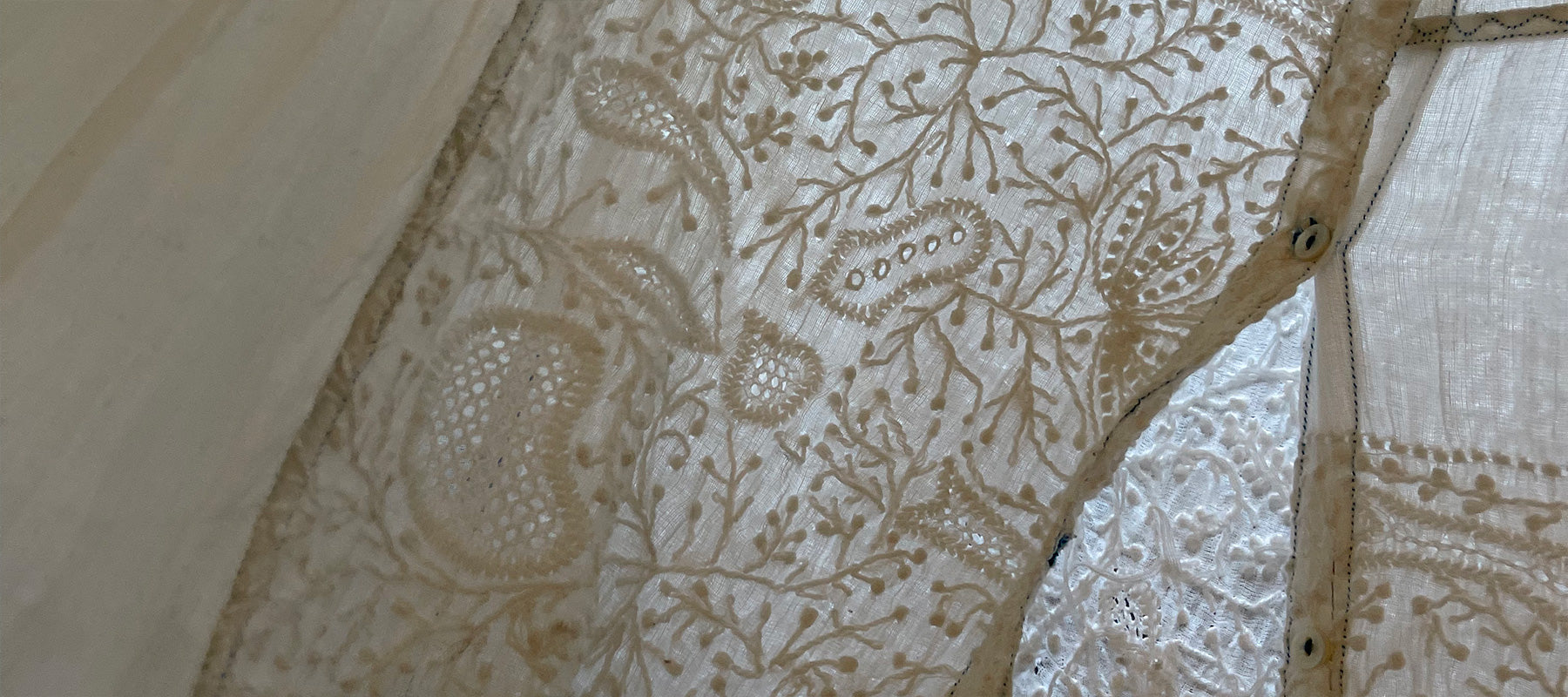Journal
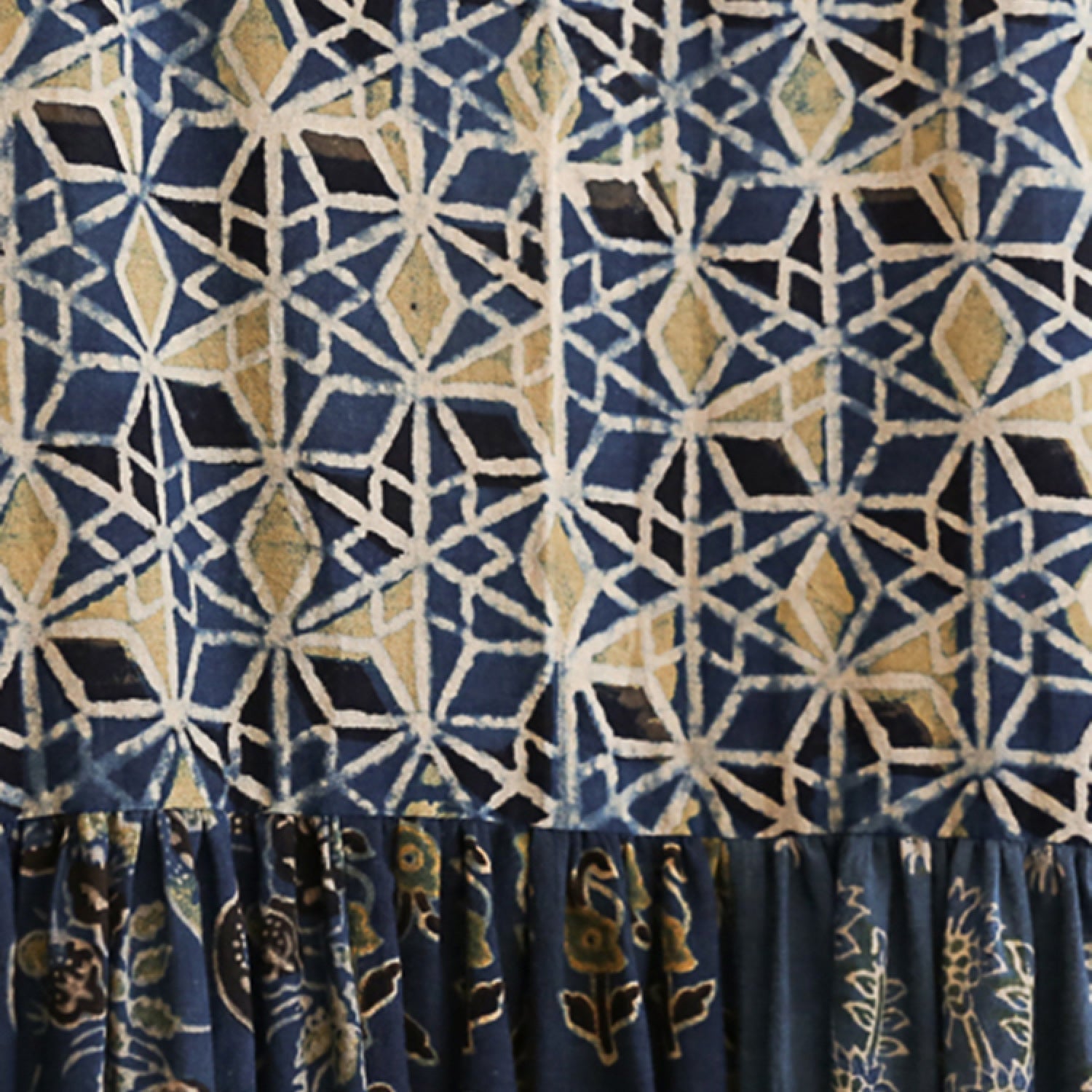
Ajrakh is a centuries-old handblock textile from Kutch, dyed with natural colours and geometric patterns, symbolising balance, heritage, and cultural identity.
Read more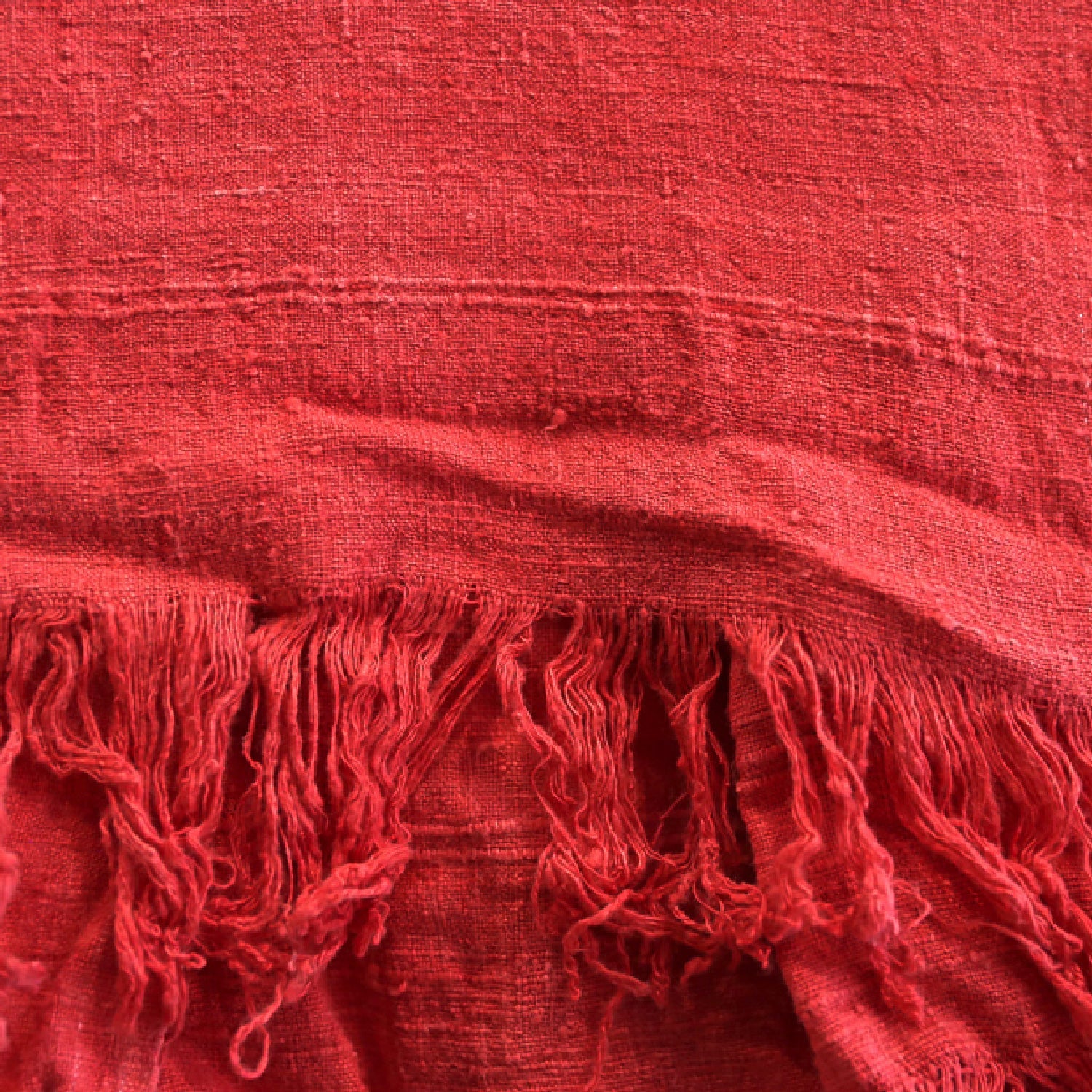
Ahimsa silk, or peace silk, is cruelty-free and handwoven in India, allowing silkworms to live while supporting rural communities with ethical, sustainable craft.
Read more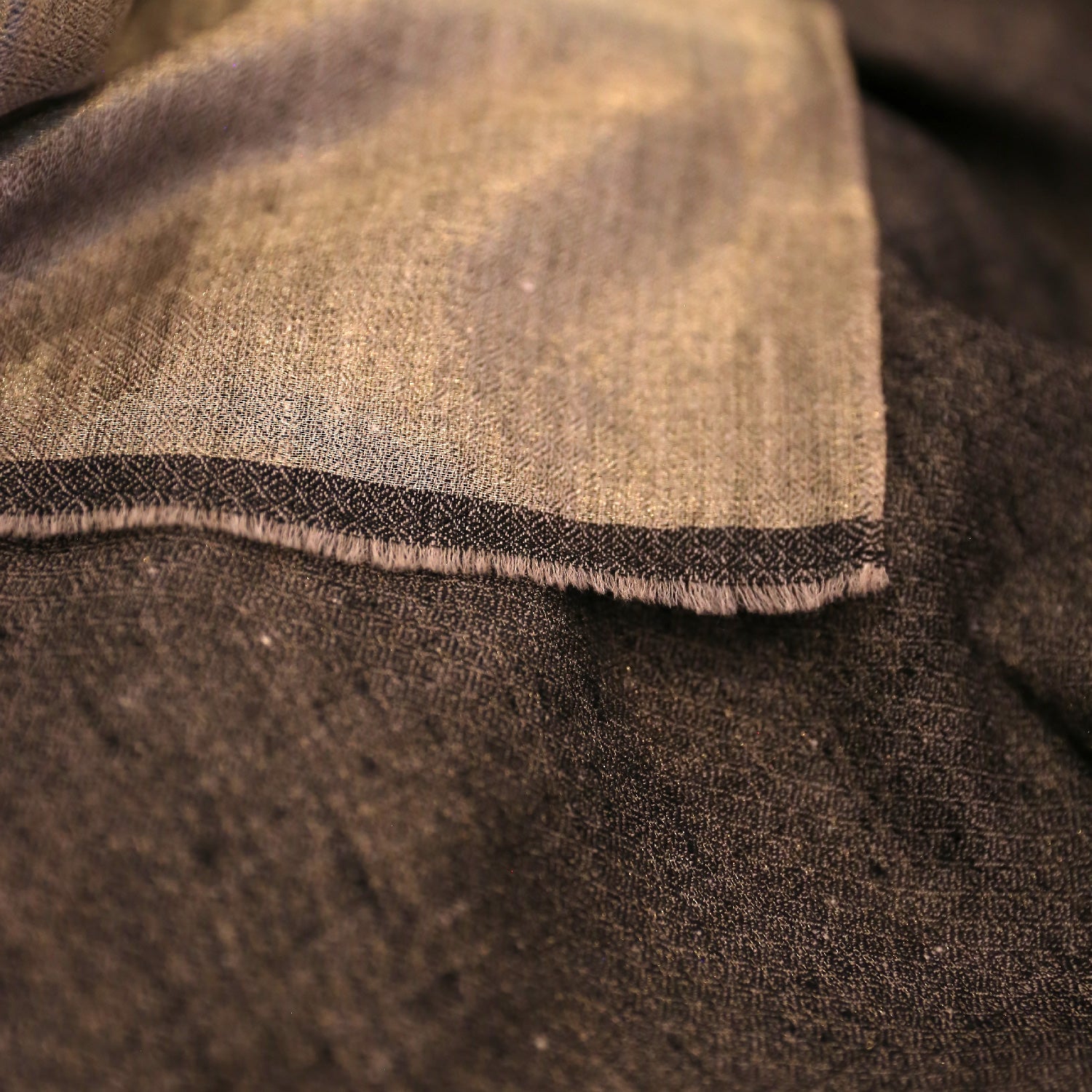
Pashmina, woven from the fine down of Changthangi goats, is famed for softness and elegance, rooted in Kashmir’s shawl tradition and enduring cultural legacy.
Read more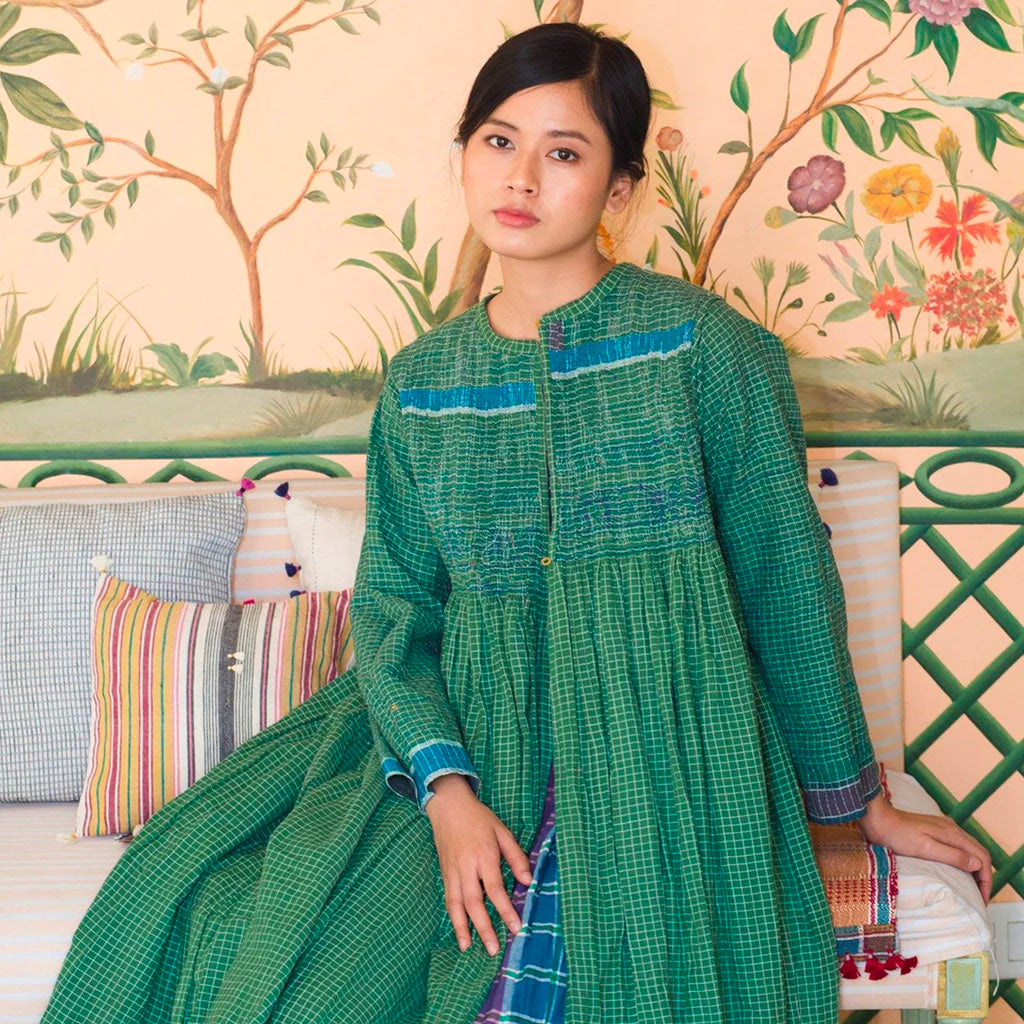
Khadi embodies craft, history, and independence, with woven threads that carry India’s enduring artisanal spirit.
Read more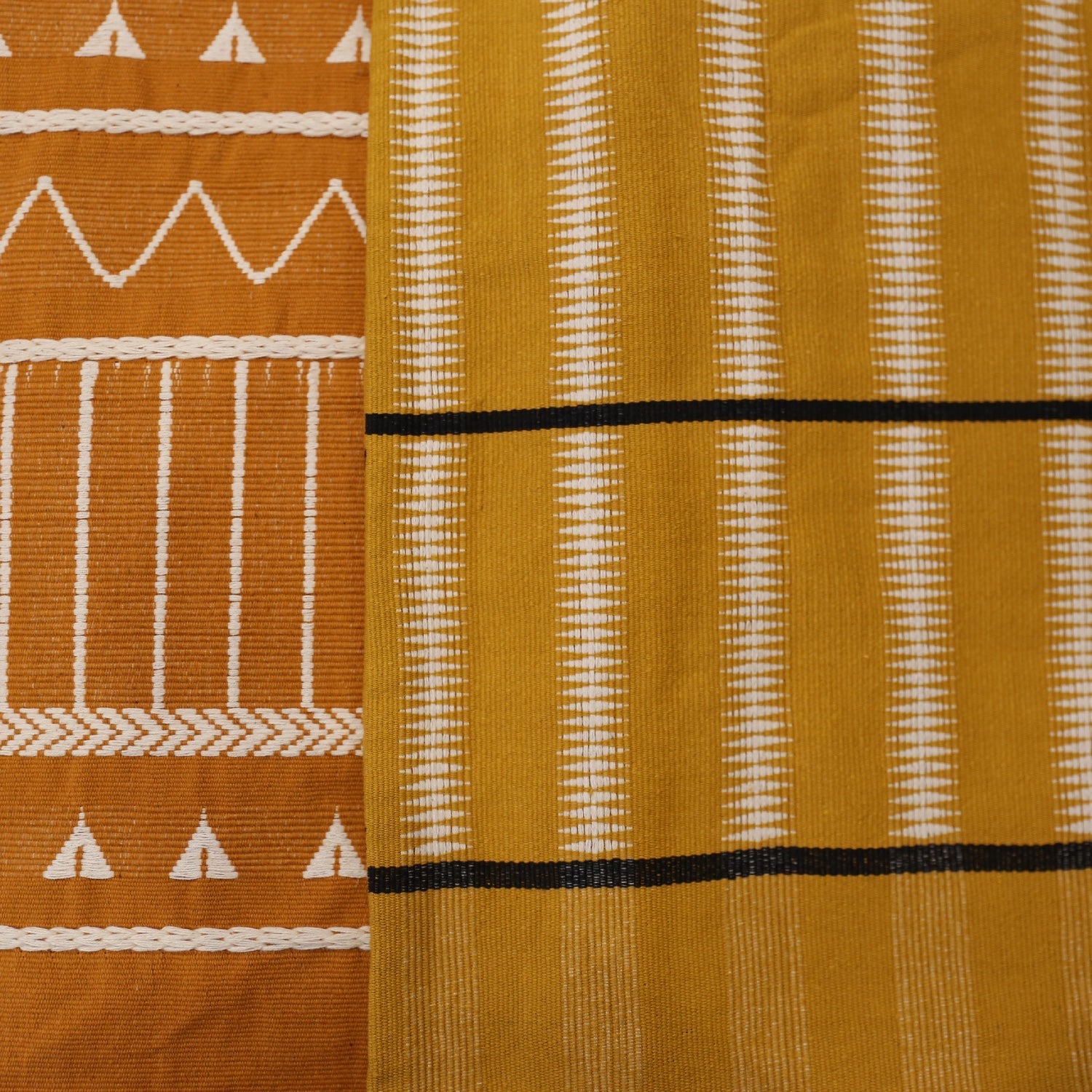
Nagaland’s 16 tribes weave distinctive motifs on back-strap looms, where spinning and weaving traditions reflect identity, heritage, and cultural pride.
Read more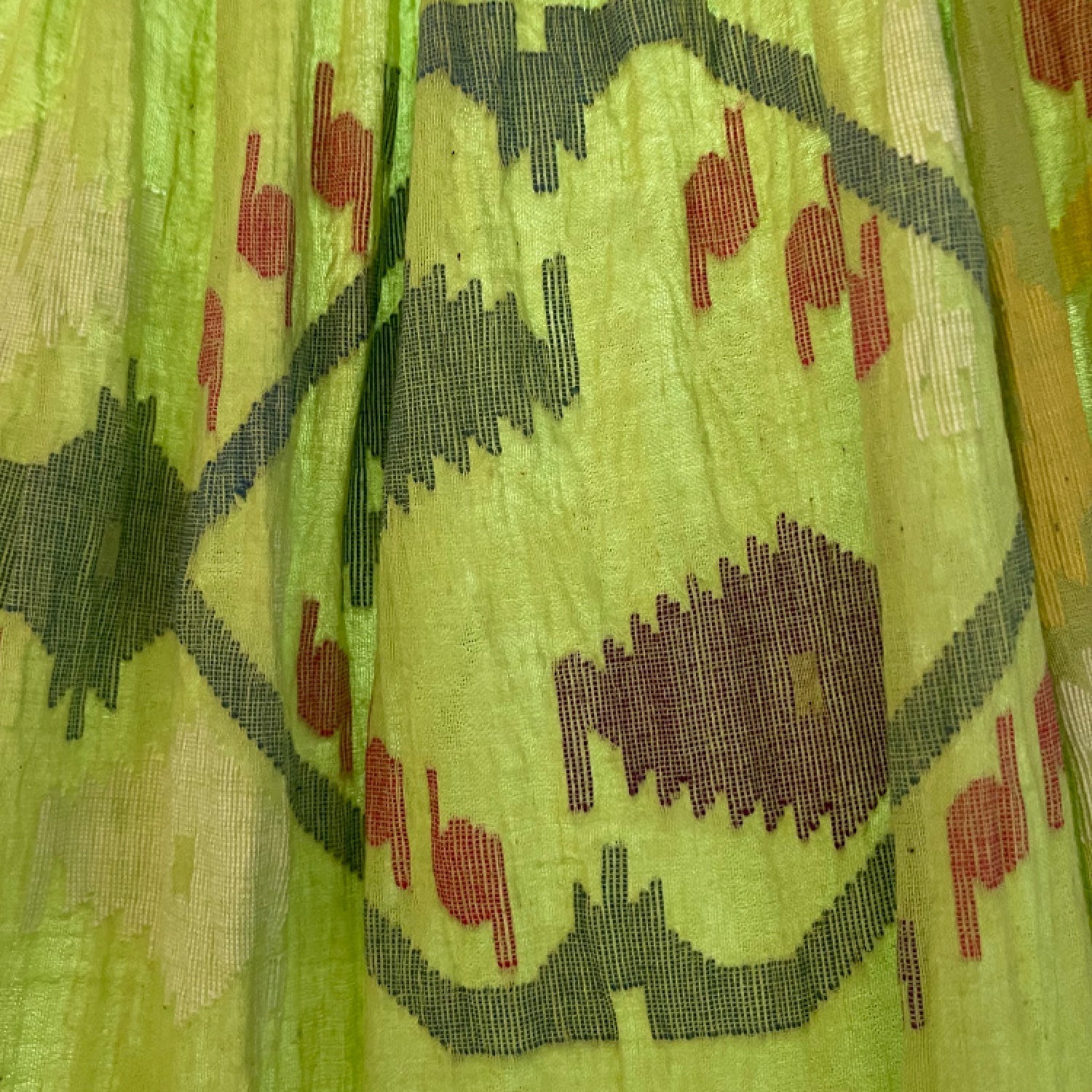
Jamdani weaving interlaces coloured threads, creating floating patterns, an intricate heritage craft sustained today.
Read more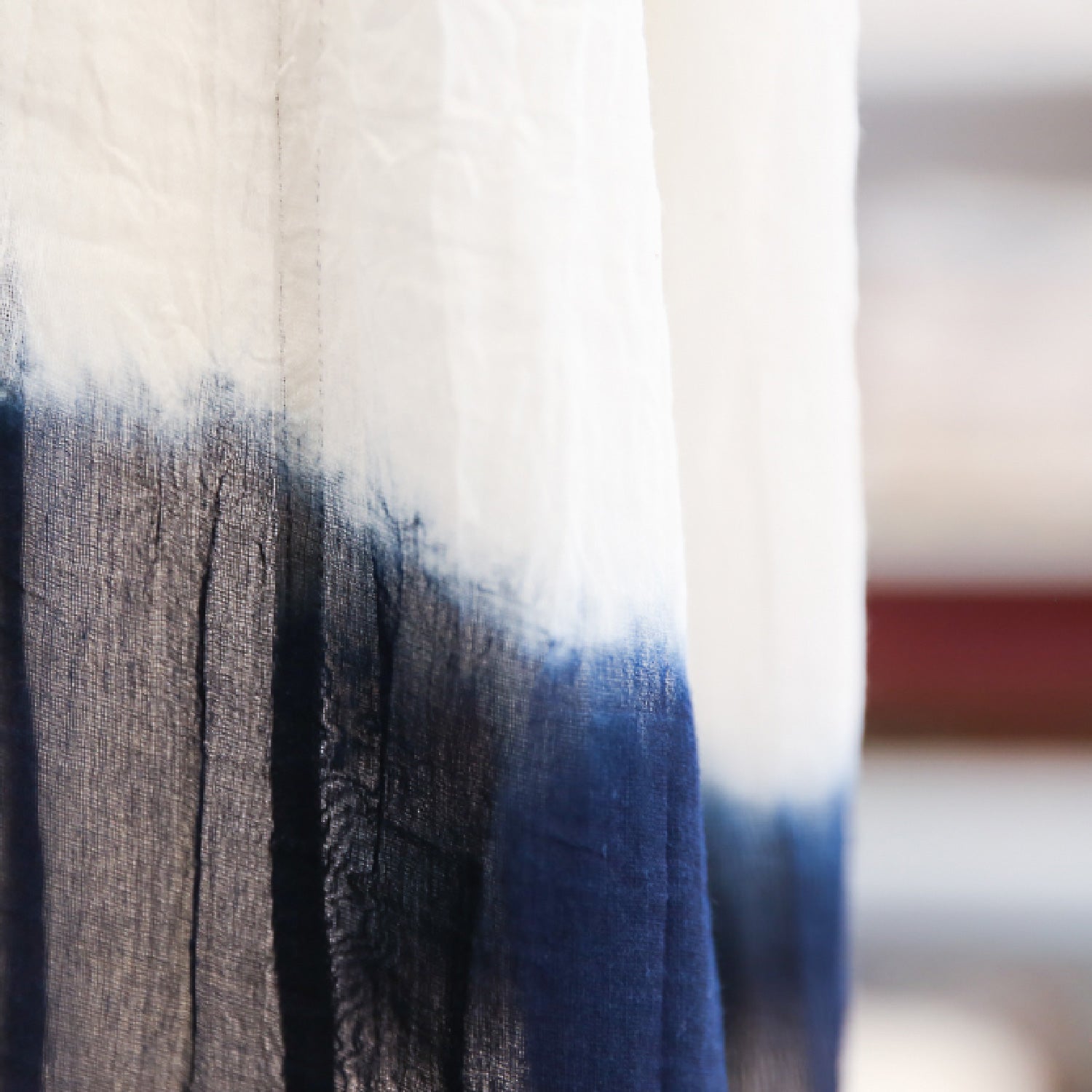
INDIGO BLUE GOLD Also see Indigo + Fast Fashion The word nila in Sanskrit means blue, specifically `indigo blue’. In parts of India, indigo is perceived as a Blue Goddess, with many Hindu go...
Read more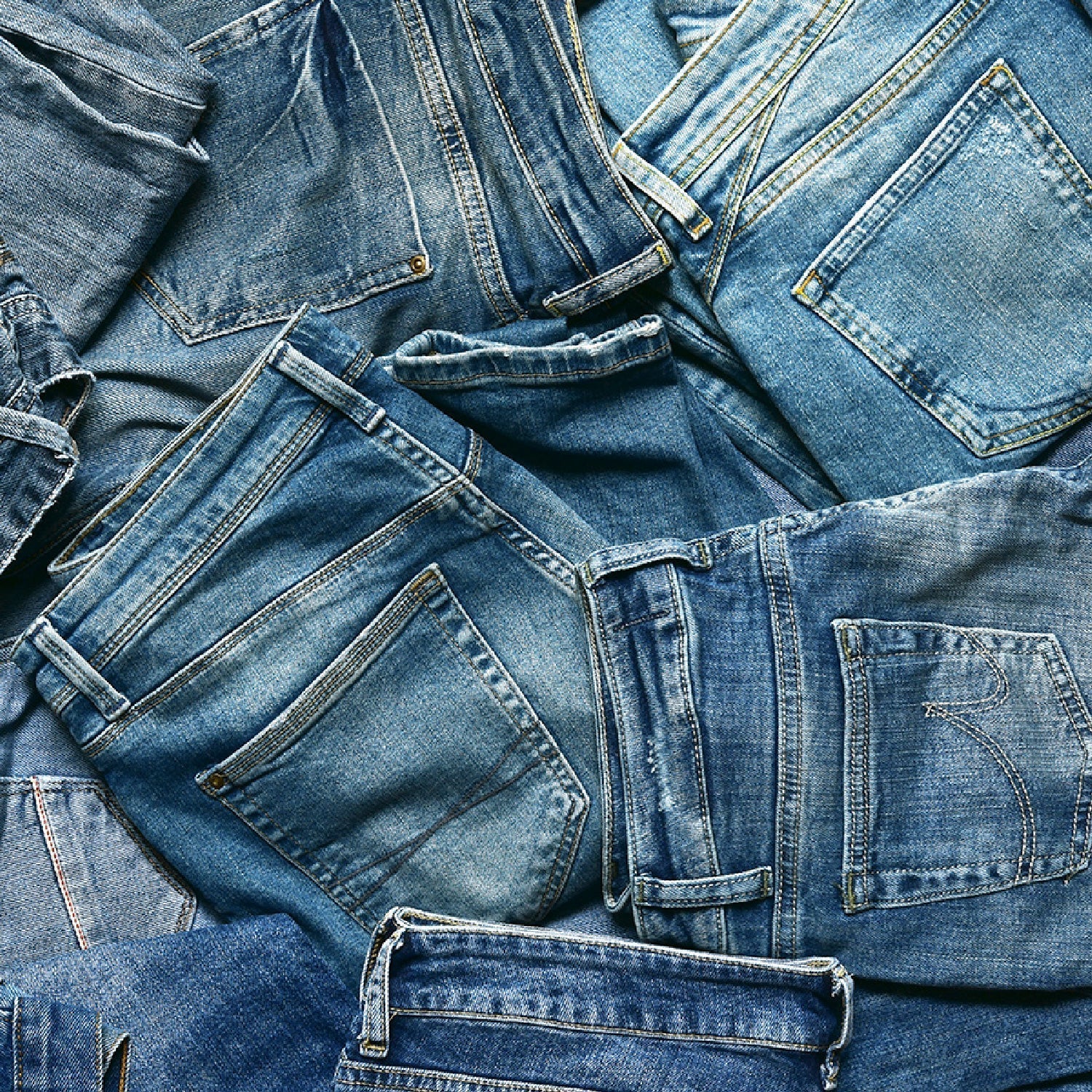
Indigo, the world’s original blue, reminds us of fashion’s past injustices while offering a sustainable path forward through natural dyes and ethical practices.
Read more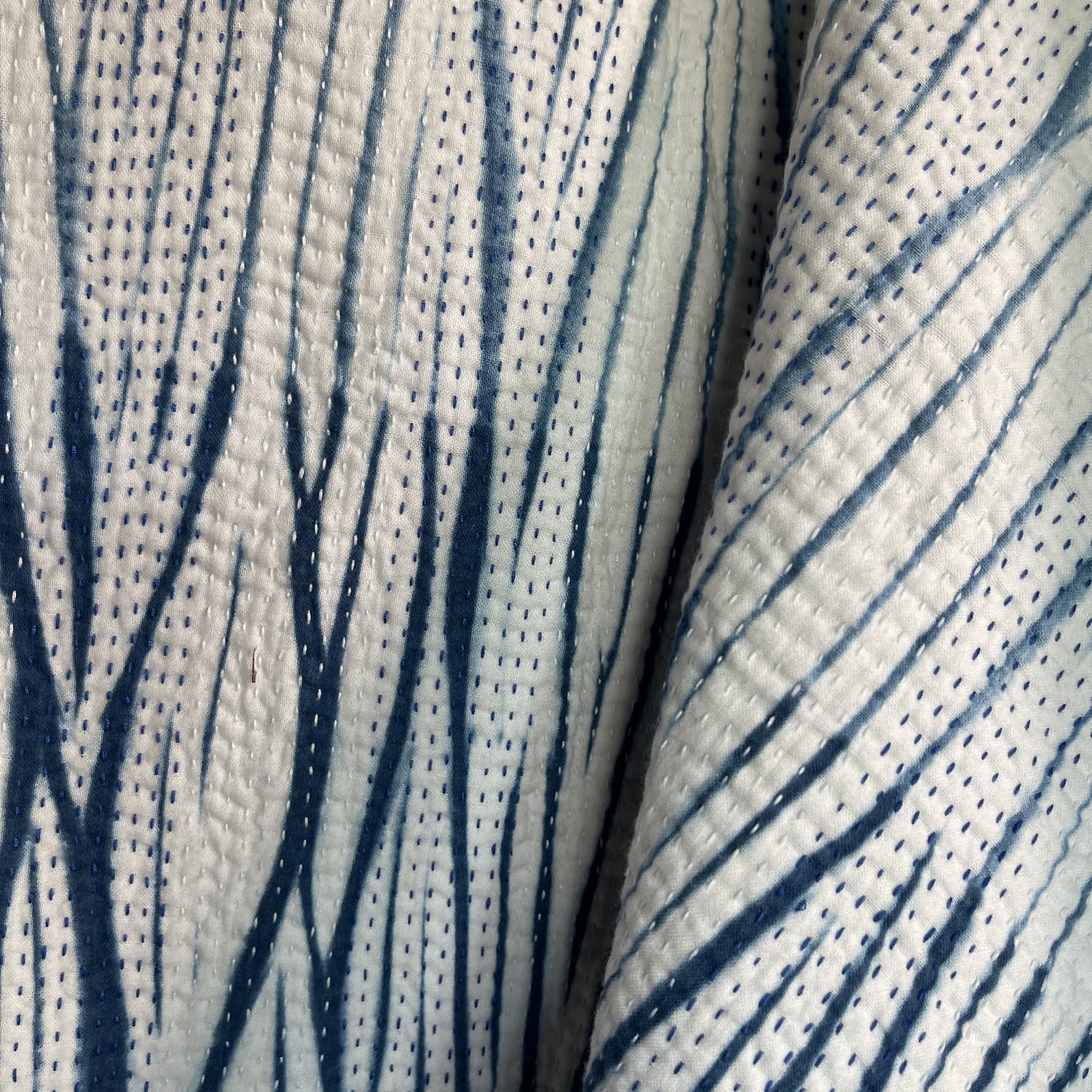
Shibori, a Japanese resist-dyeing technique using indigo on cotton, creates striking blue-white patterns. Revived by artisans like Living Blue, it sustains craft and community.
Read more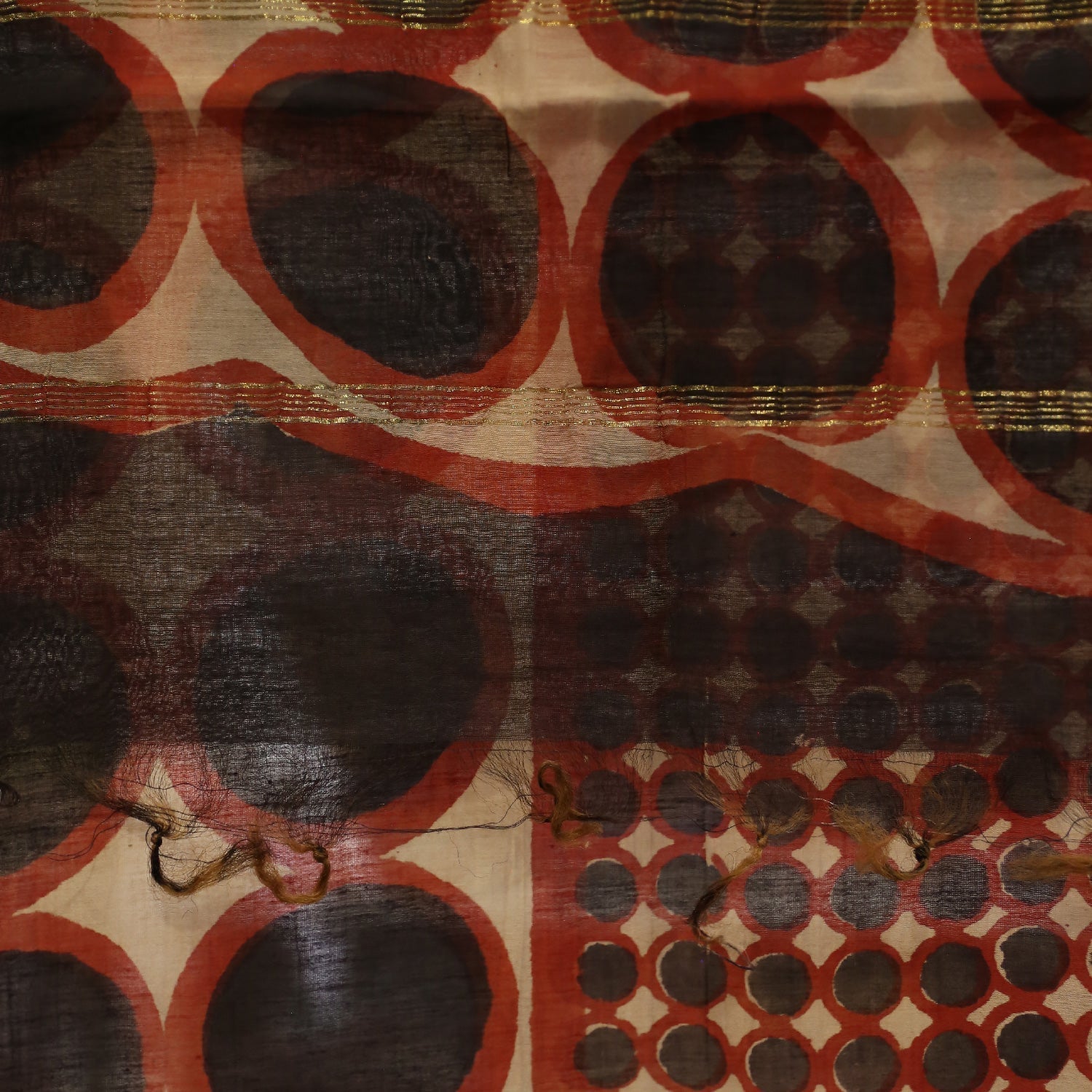
For centuries, Indian dyers mastered natural dyes like indigo, madder, pomegranate and marigold, creating vivid hues from nature’s palette while sustaining craft traditions.
Read more